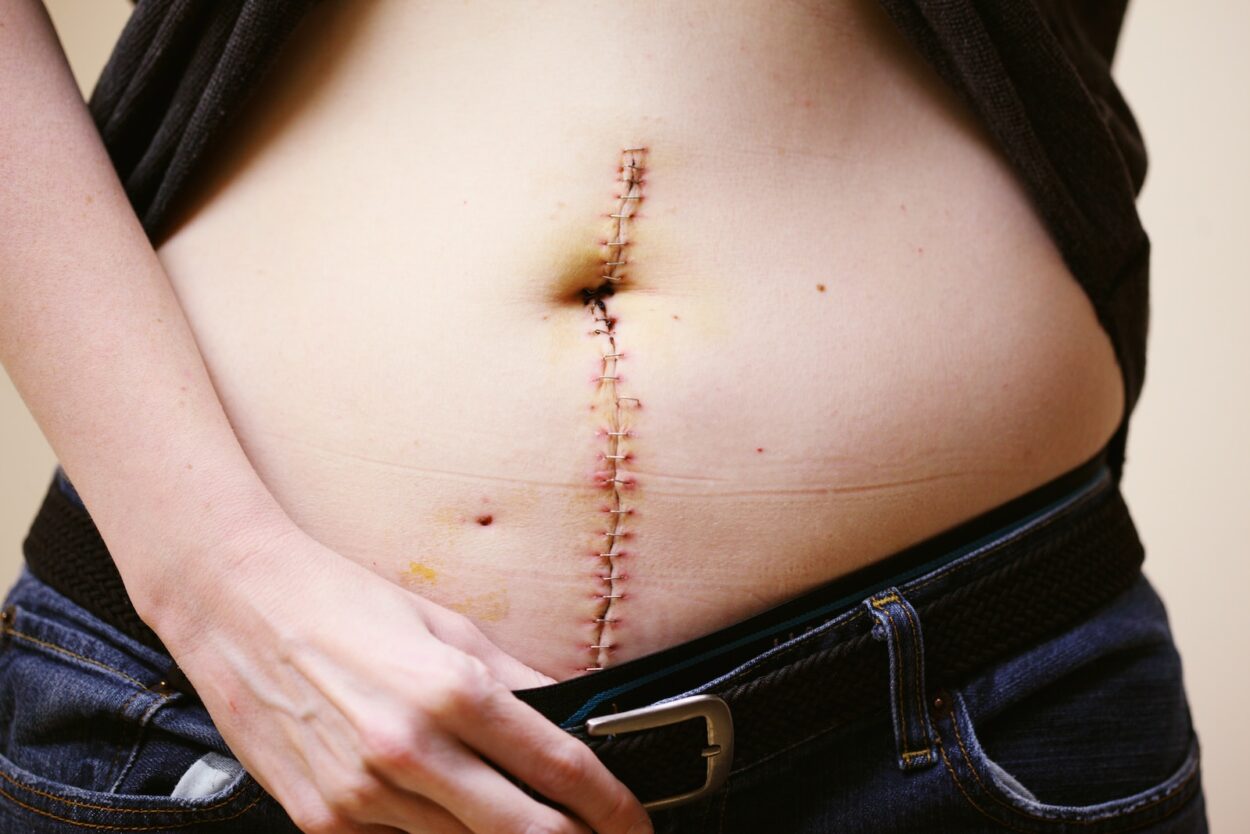Prostate cancer treatment can affect a man’s ability to produce and ejaculate semen. This is due to damage caused by radiation or chemotherapy, or by an infection.
The prostate gland and seminal vesicles create most of the semen fluid that is released during ejaculation. When the prostate gland is surgically removed (prostate surgery), men may experience changes in sexual function, including erectile dysfunction.
What happens to sperm after prostate surgery?
Many men who undergo prostate surgery wonder how it will affect their sexual life. The answer depends on the type of prostate surgery and treatment.
A radical prostatectomy removes the prostate gland along with its associated seminal vesicles. The vesicles produce the fluid called semen that carries sperm to the urethra during ejaculation. Without the prostate and vesicles, this pathway is blocked. This prevents the sperm from leaving the body. It also means that a man will not be able to father children through sexual activity.
In addition, a man will no longer experience the sensation of a full orgasm. This is because the vesicles are no longer able to contract to mix the semen with sperm. Instead, sperm will go back into the bladder through a process known as retrograde ejaculation. Then, when the bladder is emptied, the semen will be reabsorbed into the body and the sensation of a full orgasm is no longer possible.
Chemotherapy and radiation are other types of prostate surgery that can affect a man’s fertility. For example, chemo can kill cells that divide quickly, including sperm. Radiation may also damage the vesicles or the prostate gland, leading to infertility. If a man is considering prostate cancer treatment, it’s important to discuss sperm banking or testicular sperm extraction with his doctor. This will allow him to have a good chance of becoming a father should he choose to have children in the future.
Sperm reabsorption
During puberty, simple round cells in the testicles develop into sperm. Once mature, sperm use their long tails to push themselves out of the tiny tubes that run up and down the testicles (the seminiferous tubules). These travel into an organ called the epididymis and mix with seminal fluid from the penis to form semen.
Once ejaculated, a sperm can enter the woman’s vagina and try to fertilise an egg. But it’s a rare event for sperm to make it all the way up to the egg. Many sperm die, get lost or trapped on the trip. The survivors work frantically to penetrate the eggs, using chemicals from their heads and a spike on their tails. In fact, it takes a healthy sperm 74 minutes to reach the egg.
In some cases, prostatectomy or radiation therapy can interfere with the production of sperm and semen. That’s why it’s important to talk about fertility options with your doctor before prostate surgery or treatment.
A man who has had a partial or complete prostatectomy no longer produces semen, and can’t get someone pregnant through sexual intercourse. But it’s possible to preserve fertility before cancer treatment or even after it through an operation called a vasectomy. This involves removing the part of the prostate gland that makes semen, and leaving the urethra intact. The body can then reabsorb any sperm that’s not needed, and keep the urethra free for urine flow.
Sperm production
A man’s testicles contain long, coiled tubes called seminiferous tubules. They house germ cells that hormones (especially testosterone, the male sex hormone) cause to change into sperm. Sperm are oblong or oval-shaped and contain genes that will pass to future generations of offspring. They also have tails that propel them through a female reproductive tract, including the cervix, uterus and fallopian tubes, to fertilize an egg.
A healthy adult produces millions of sperm each day. When the body is ready to release sperm, it releases hormones called FSH and LH that stimulate testicular production of testosterone and help sperm develop to maturity. As sperm mature, they travel from the seminiferous tubules through a tube behind the testis called the epididymis and into the vas deferens. The testicles produce a fluid called semen that contains the sperm and lubricates them for transport. Semen carries the sperm to the urethra, which carries the sperm from the penis to the outside of the body.
Prostate surgery, radiation and chemotherapy all can affect semen production. If the prostate gland and seminal vesicles are surgically removed, men will no longer produce semen and may no longer be able to have erections. In addition, if the urethra is surgically removed, men cannot ejaculate and will no longer experience the sensation of orgasm.
Sperm freezing
The sperm freezing process is called sperm cryopreservation, and it can be used for artificial insemination (IUI) and in vitro fertilization (IVF). It’s commonly used by men with prostate cancer or other diseases that affect fertility.
The process starts with a sample of ejaculated semen, which patients can collect at home or at the clinic. The sample is tested to see how many sperm are present and what percentage can swim (motility).
Next, the sperm is frozen using either slow freezing or vitrification. Slow freezing uses a mixture of alcohol and water, while vitrification involves dipping the sperm into a special cooling solution and then freezing it in liquid nitrogen.
Both techniques are safe, but vitrification is a faster process that can protect the sperm cells more effectively. The sperm is then kept in a liquid nitrogen tank until it’s needed for fertility treatments.
Men who want to become fathers after a prostatectomy can preserve their sperm by freezing it, which they can do for any reason. It’s also common for men to preserve their sperm before undergoing cancer treatments that may compromise fertility, or vasectomy reversal surgery. This allows them to avoid a vasectomy later and have biological children, or expand their family by adopting a child. It’s also a good option for older men who are worried about their fertility as they age.




Leave a Comment